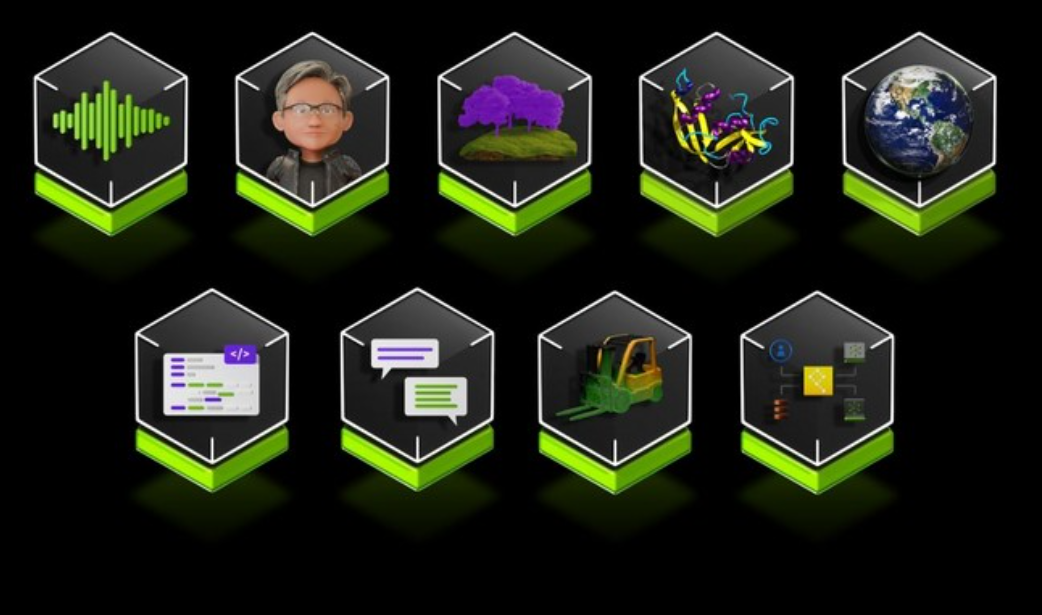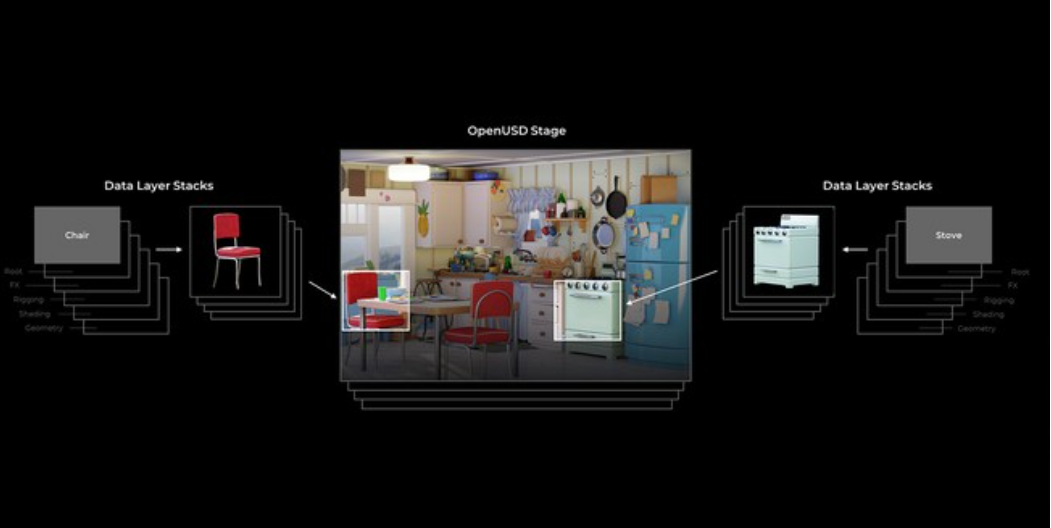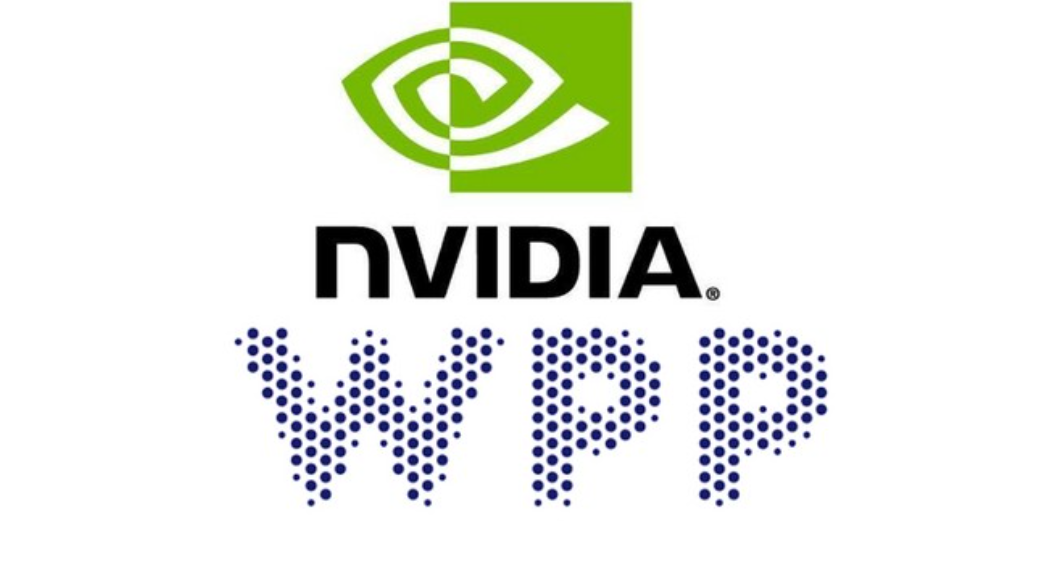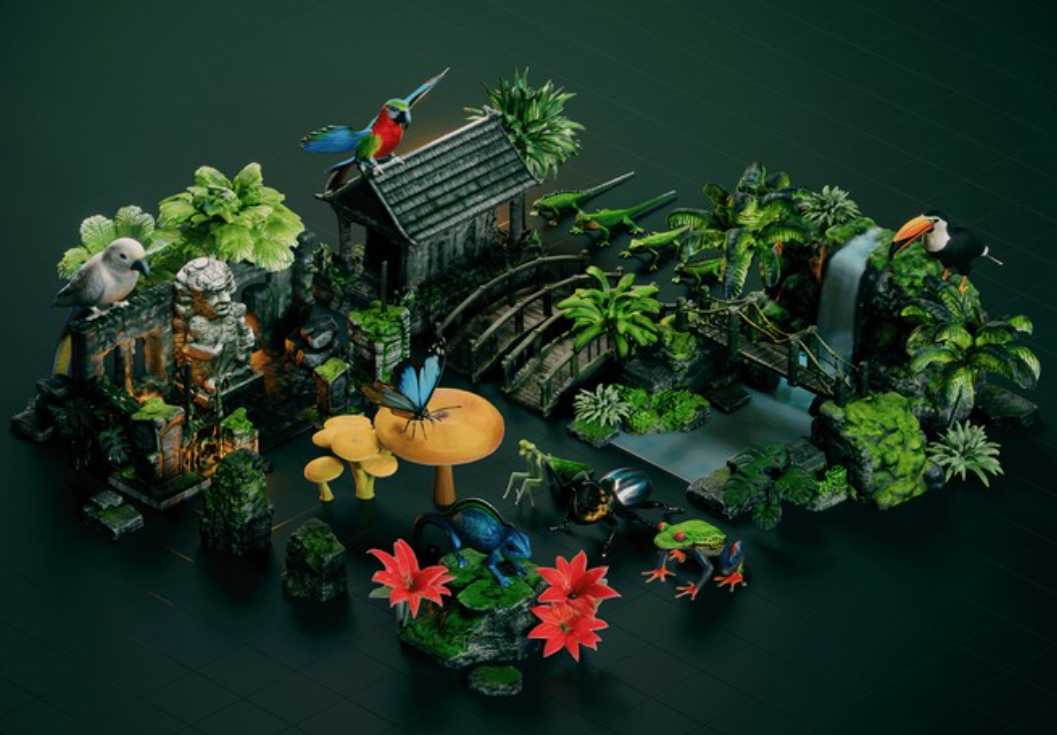During SIGGRAPH (Special Interest Group on Computer Graphics and Interactive Techniques) 2024, NVIDIA announced several new developments that promise to accelerate the development of AI in sectors such as industry, robotics, content production and others.
SIGGRAPH is one of the world’s most important events in the field of computer graphics and interactive techniques, bringing together professionals, researchers and enthusiasts to present the latest innovations and research in areas such as animation, virtual reality, rendering, and real-time graphics.
Please follow us on Twitter and Facebook.
New Features Presented by the Brand at this Year’s Conference
During the event, NVIDIA and Oracle Cloud Infrastructure (OCI) announced the launch of new GPU-accelerated compute instances designed to meet the growing demands of generative AI, digital twins and more.
OCI now offers NVIDIA L40S bare-metal instances, with plans to launch virtual instances accelerated by H100 GPUs.
Powered by fourth-generation Tensor Cores and supporting the FP8 data format, these GPUs are designed for a variety of generative AI, graphics, and video applications. They are designed for training and fine-tuning large language models (LLMs) and support real-time ray tracing and media acceleration.
With the NVIDIA Omniverse platform, companies can leverage the L40S to develop photorealistic 3D applications and advanced digital twins, enabling them to simulate and optimize products and processes in real time before production. OCI’s supercomputing infrastructure with the L40S offers 800 Gbps of bandwidth, delivering ultra-fast performance for up to 3840 GPUs.
OCI is also expanding its offering with the introduction of NVIDIA H100 GPU-accelerated virtual instances, providing a low-cost solution for smaller AI and HPC needs. Capable of generating over 27,000 tokens per second, these instances are ideal for enterprises looking to leverage the power of the H100 for LLM inference and other AI tasks.
Additionally, OCI is testing instances with the NVIDIA Grace Hopper Superchip (GH200), which promises up to 10x better performance for applications handling terabytes of data, thanks to its high-bandwidth connection between the CPU and GPU.
To maximize the potential of these GPU-accelerated instances, OCI offers NVIDIA AI Enterprise, an optimized software platform available on the OCI Marketplace.

To facilitate the development and training of humanoid robots, NVIDIA has launched NVIDIA NIM microservices, which generate synthetic motion data based on a recording from a spatial computing device such as the Apple Vision Pro.
Another new feature is Robocasa NIM, which generates robotic tasks and simulation-ready environments in OpenUSD, a universal framework for developing and collaborating on 3D worlds.
Additionally, NVIDIA introduced OSMO, a cloud coordination service that simplifies the execution of complex robotics workflows, whether on-premises or in the cloud. OSMO enables developers to reduce deployment and development time, making the process much more efficient.
To make these technologies accessible, NVIDIA has launched a program for humanoid robot developers. Participants will get early access to platforms such as NVIDIA Isaac Sim, NVIDIA Isaac Lab, and Jetson Thor, as well as base models for humanoid robots.

To facilitate the development and training of humanoid robots, NVIDIA has launched NVIDIA NIM microservices, which generate synthetic motion data based on a recording from a spatial computing device such as the Apple Vision Pro.
Another new feature is Robocasa NIM, which generates robotic tasks and simulation-ready environments in OpenUSD, a universal framework for developing and collaborating on 3D worlds.
Additionally, NVIDIA introduced OSMO, a cloud coordination service that simplifies the execution of complex robotics workflows, whether on-premises or in the cloud. OSMO enables developers to reduce deployment and development time, making the process much more efficient.
To make these technologies accessible, NVIDIA has launched a program for humanoid robot developers. Participants will get early access to platforms such as NVIDIA Isaac Sim, NVIDIA Isaac Lab, and Jetson Thor, as well as base models for humanoid robots.
Universal Scene Description (OpenUSD) is a 3D data exchange framework that promises to transform industries such as robotics, industrial design and engineering, thanks to a series of new microservices and tools.
Through new NVIDIA-accelerated, OpenUSD-based development frameworks built on the NVIDIA Omniverse platform, more industries can now develop applications to visualize industrial design and engineering projects, as well as simulate environments to build the next generation of physical AI and robots.
The new offerings include NVIDIA NIM microservices for AI models that can generate OpenUSD language to answer user queries, generate OpenUSD Python code, apply materials to 3D objects, and understand 3D space and physics to help accelerate the development of digital twins.
Foxconn has been using NVIDIA’s Omniverse platform and NIM microservices to create digital twins of its factories, accelerating the development of industrial manufacturing and autonomous machines. Similarly, WPP, a global leader in marketing and communications services, has begun integrating USD Search and USD Code NIM microservices into its projects, implementing them in its generative AI-powered content creation.
Three Microservices Available in Preview
- USD Code NIM — answers general questions about OpenUSD and automatically generates OpenUSD-Python code based on text prompts, which can be inserted into an OpenUSD visualization application, such as Pixar’s usdview, or an NVIDIA Omniverse Kit-based application to visualize the corresponding 3D data.
- USD Search NIM — enables developers to search large libraries of OpenUSD, 3D, and image data using natural language or image inputs.
- USD Validate NIM — Checks submitted files for compatibility with OpenUSD release versions and generates a fully RTX-rendered image with path-tracing using NVIDIA Omniverse cloud APIs or application programming interfaces.
NVIDIA also announced during the event the development of 5 other NIM microservices, which will be released soon.

WPP, a major marketing agency, has announced a partnership with The Coca-Cola Company to leverage NVIDIA’s generative AI technology to create more personalized and authentic marketing campaigns.
Using microservices like USD Search and USD Code, WPP created Prod X, a custom production studio for Coca-Cola, enabling the creation of 3D advertising assets on a global scale.
These microservices help WPP access large libraries of templates and create scenes using text prompts, streamlining the ad campaign production process. WPP’s new production tool, developed in partnership with Hogarth, leverages NVIDIA’s Omniverse platform and generative AI-enabled workflows to simplify the creation of text, image and video content.
This allows prompts to be much more flexible and adjustable, creating more precise collaboration between the human designer and AI-generated designs.

Stock photo companies Shutterstock and Getty Images have announced new generative AI services based on NVIDIA Edify’s multimodal generative AI architecture. These tools aim to improve the productivity of designers and artists by enabling the rapid creation of 3D assets and virtual environments.
Shutterstock has launched its Generative 3D service in commercial beta, enabling rapid creation of 3D prototypes and HDRi 360 backgrounds for realistic scene lighting using text or image prompts.
Meanwhile, Getty Images has enhanced its Generative AI service, enabling image creation at twice the speed and higher quality, as well as advanced controls for fine-tuning, including depth of field or focal length of a photo. Users can generate four images in about six seconds and upscale them to 4K resolution.
Additionally, the model allows businesses to customize the AI with their own data, allowing them to generate images tailored to their specific brand’s creative style.
Edify enables service providers to train responsible generative models on their licensed data and scale them rapidly with the cloud-native NVIDIA DGX Cloud.





